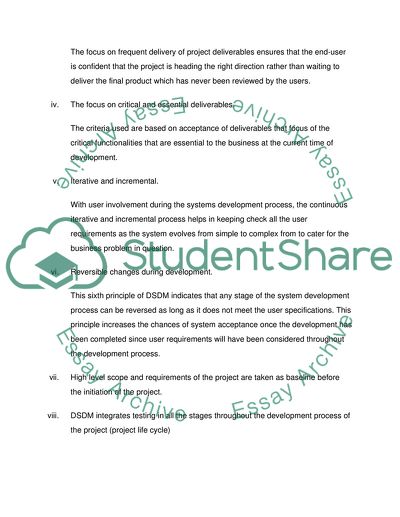Cite this document
(“How to Effectively Use DSDM Methodology in Development Methods Research Paper”, n.d.)
How to Effectively Use DSDM Methodology in Development Methods Research Paper. Retrieved from https://studentshare.org/information-technology/1744871-methods-and-modellinginformation-system-management
How to Effectively Use DSDM Methodology in Development Methods Research Paper. Retrieved from https://studentshare.org/information-technology/1744871-methods-and-modellinginformation-system-management
(How to Effectively Use DSDM Methodology in Development Methods Research Paper)
How to Effectively Use DSDM Methodology in Development Methods Research Paper. https://studentshare.org/information-technology/1744871-methods-and-modellinginformation-system-management.
How to Effectively Use DSDM Methodology in Development Methods Research Paper. https://studentshare.org/information-technology/1744871-methods-and-modellinginformation-system-management.
“How to Effectively Use DSDM Methodology in Development Methods Research Paper”, n.d. https://studentshare.org/information-technology/1744871-methods-and-modellinginformation-system-management.


